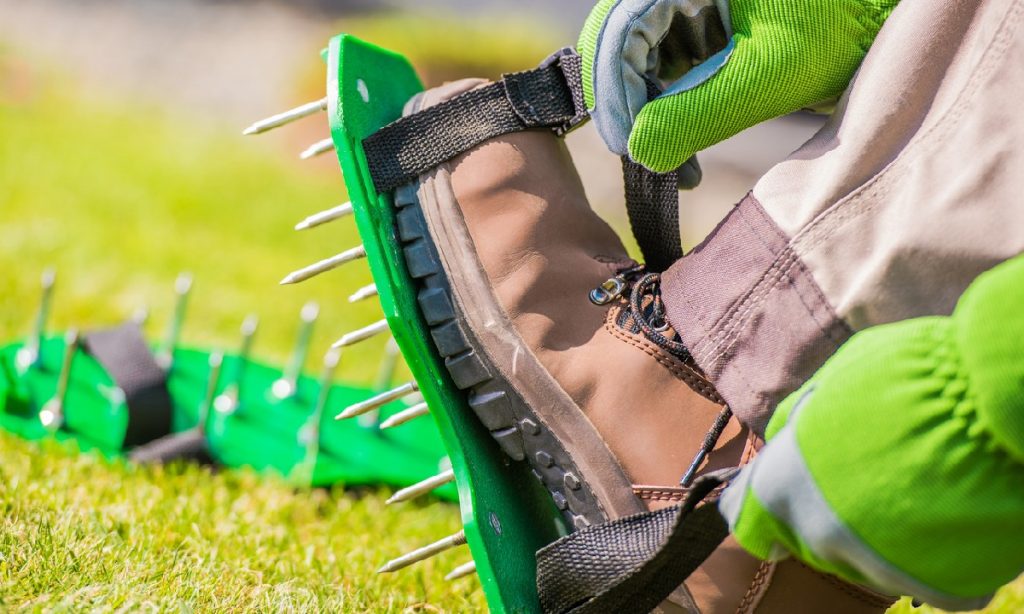Tips To Promote Healthy Soil During the Growing Season

It goes without saying that high-quality soil plays a crucial role in helping you attain a beautiful and luscious garden. But you should maintain a proper balance between various components like organic matter, microorganisms, water, and mineral particles to make it fertile enough to support plant life. Luckily, improving soil quality is not a demanding task and can be done easily in some simple ways. Below are some of the top tips that can help you transform your garden soil during the growing season.
WAYS TO IMPROVE THE SOIL OF YOUR GARDEN
Add compost
Compost is nothing but the decaying organic matter that has proven to boost the health of garden soil. Adding compost to your soil can improve its structure, allow it to absorb nutrients, soak up water deep into the soil, and encourage essential drainage. Not just this but organic material can also maintain loose soil so that the plant roots can absorb sufficient air. It is overall an excellent addition to the soil to retain a neutral pH as well as safeguard the plants from potential garden diseases.
Supply nitrogen to the soil
Nitrogen is a crucial nutrient that makes the soil fertile, and its deficiency can significantly hinder the growth of plants. But you can quickly fix it in different organic and non-organic ways. For instance, you can plant nitrogen-fixing plants such as peas or beans in your garden. You can also add composted manure or coffee grounds to the soil. These methods are organic and may take time to fix the issue but offer a more even nitrogen distribution. On the contrary, if you want a quick nitrogen boost in your garden soil, you can use a nitrogen fertilizer.
Rotate crops every year
Growing your crops in distinguishing areas of the garden is important as it prevents the depletion of nutrients. It also intrudes on the cycles of various diseases and pests to promote healthy soil. A great example of crop rotation is potato pathogens. Potatoes can often encounter fungi and nematodes that may give rise to scabby skin. Since they increase swiftly in a single year, rotating the crops can prevent the depletion of the crops that may be caused by disease-causing organisms from the previous year.
Perform a soil test
Adding compost or even nitrogen for that matter is not the only way to grow healthy soil. They are a rather small component of a consistent process for retaining nutrients and minerals in the soil. Perform a soil test once every few years to determine the soil’s pH level, the amount of every nutrient present in it, and the level of organic matter. So, you will be able to make informed fertilizer decisions and keep the soil nourished and healthy, preventing soil erosion and infertility.
Make use of an aerator spike
Investing in an aerator spike is highly crucial as it can loosen up the soil and enhance root growth. If your garden has thick clay soil or high-traffic areas, aerating every year can promote healthier plants. Without sufficient exchange of oxygen and water between the soil particles, shrubs, trees, and herbaceous crops can undergo depletion.
Add cover crops
You can plant cover crops like radishes, kale, turnips, peas, and legumes in your garden at the end of the growing season and let them stay during the winters. This will help secure the soil from erosion due to heavy rains, winds, and even snow. Cover crops also prevent the soil from compacting and resist any weed growth during warmer months of winter.
BOTTOM LINE
Though there are abundant ways to attain good quality soil, these are some of the top tips that you can follow to maintain healthy soil and grow vigorous plants.